Imagine standing on a field of black, razor-sharp rock, the ground still warm from an eruption years ago. It looks like nothing could ever survive here—yet, in the cracks and crevices, a flash of green catches your eye. This is no ordinary plant. It’s a fern, delicate and ancient, defying the odds by thriving where life seems impossible. The story of ferns growing from lava is more than just a tale of resilience—it’s a testament to the unstoppable force of nature and evolution. These bold pioneers remind us that even in the harshest, most unforgiving places, life finds a way, sparking hope and wonder for anyone who witnesses it.
The Astonishing First Steps After an Eruption
When a volcano erupts, it leaves behind devastation—a barren, rocky wasteland where nothing seems able to survive. But within months, sometimes even weeks, the first signs of life appear. Fern spores, carried by wind or water, land in the tiniest crevices. These spores are incredibly tough, able to withstand intense heat and dryness. The very first sprouting fern feels almost miraculous, a splash of green against the charcoal landscape. As they grow, these ferns stabilize the loose rock, holding onto precious moisture and beginning the process of turning sterile lava into something more welcoming for other life forms. It’s as if nature is painting hope onto a black canvas, one tiny leaf at a time.
The Secret Weapon: Fern Spores and Survival
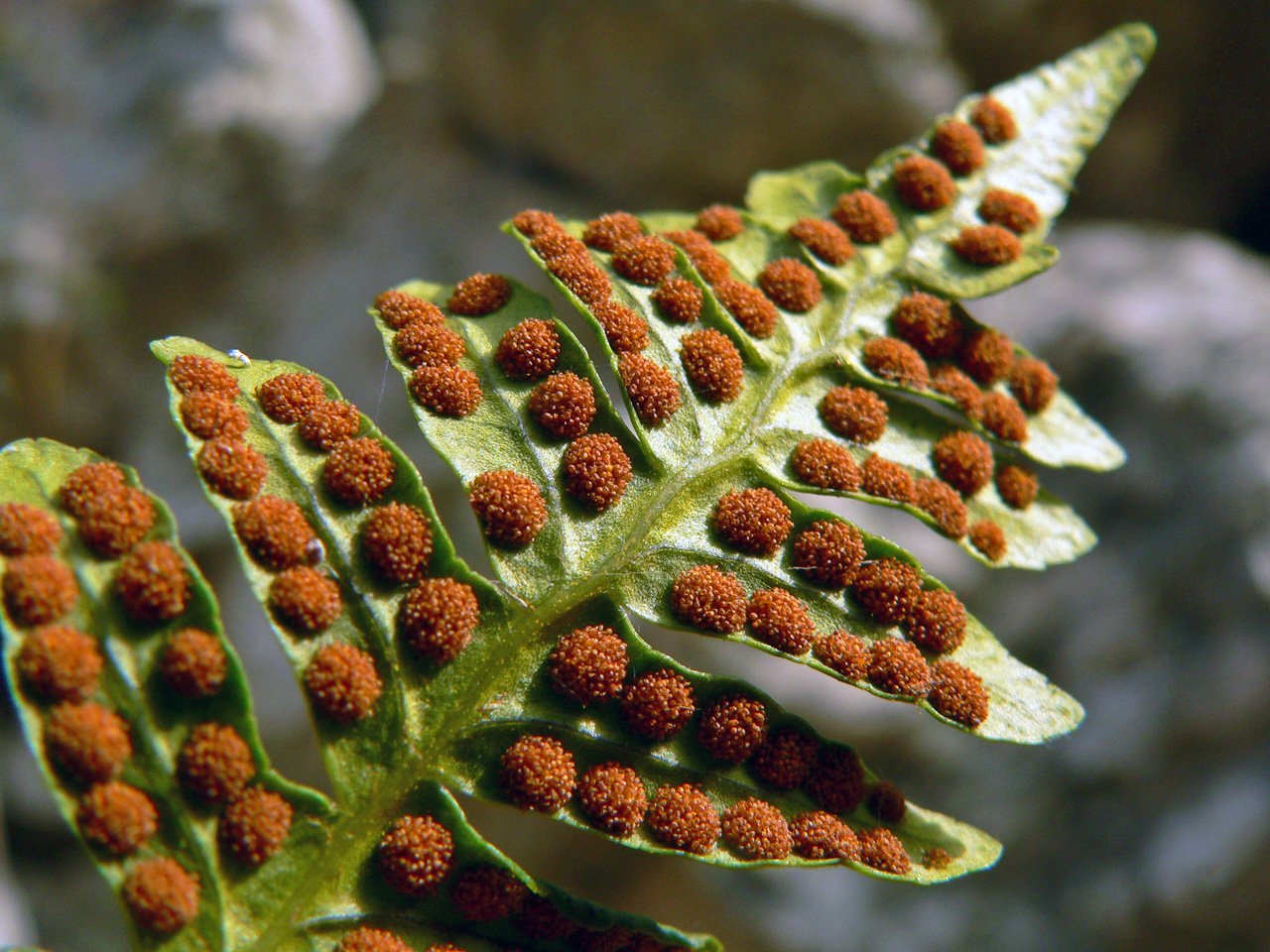
Ferns don’t rely on seeds like many plants. Instead, they use microscopic spores, which are astonishingly resilient. These spores can travel for miles on the wind, surviving harsh UV rays and dryness. When they finally land on fresh lava, they often find shelter in cracks or under small rocks, where moisture collects. The spore’s tough outer layer keeps it safe until just the right conditions—enough water and the right temperature—trigger germination. This ability to wait patiently for the perfect moment is a key reason why ferns are often the first plants to colonize new land after volcanic activity.
Why Ferns, Not Flowers?

You might wonder why it’s ferns, not colorful flowers or tall trees, that make the first move onto lava flows. The answer lies in their biology. Ferns have a unique life cycle that doesn’t require pollinators or deep soil. Their roots are shallow, allowing them to anchor in the thinnest layer of dust or ash. Unlike flowering plants, ferns don’t need rich nutrients right away; they can survive on the barest essentials. This minimalist approach is perfect for the harsh, nutrient-poor environment of a fresh lava field. Their ancient lineage—dating back over 360 million years—has equipped them with the patience and persistence required to wait out the toughest times.
Examples From Around the Globe

Some of the most striking examples of ferns colonizing lava come from places like Hawaii, Iceland, and the Galápagos Islands. In Hawaii, the ‘ama‘u fern (Sadleria species) is legendary for its ability to turn black lava fields into lush green carpets within just a few years. In Iceland, where the ground is often frozen and volcanic, hardy ferns like the Alpine Lady-fern manage to thrive. Even in the Galápagos, where volcanic eruptions are frequent, ferns are among the first to return, setting the stage for other plants and animals to follow. These real-world examples prove that ferns are truly global pioneers, turning disaster into opportunity wherever volcanoes erupt.
The Role of Water in Lava Landscapes
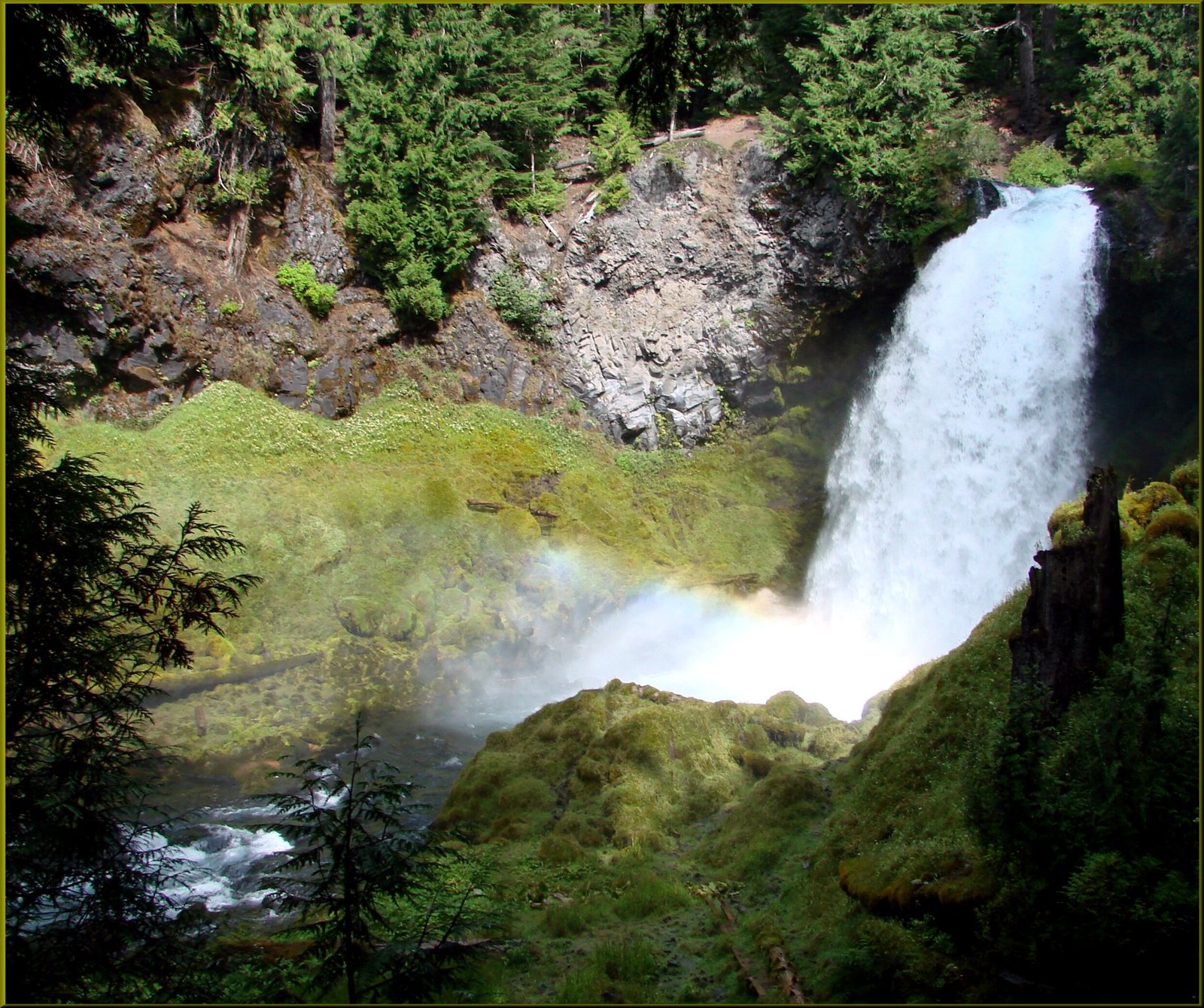
Water is rare in fresh lava fields, but it’s the key ingredient for ferns to take root. Rain seeps into the porous rock, collecting in sheltered pockets and tiny cracks. Dew gathers at night, offering another precious source of moisture. Ferns are masters at capturing and holding onto whatever water they can find. Their leaves, often covered in tiny hairs or waxy coatings, reduce water loss. Even their root systems are designed to make the most of every drop. Without water, the transformation from black rock to green oasis wouldn’t be possible.
How Ferns Change the Landscape
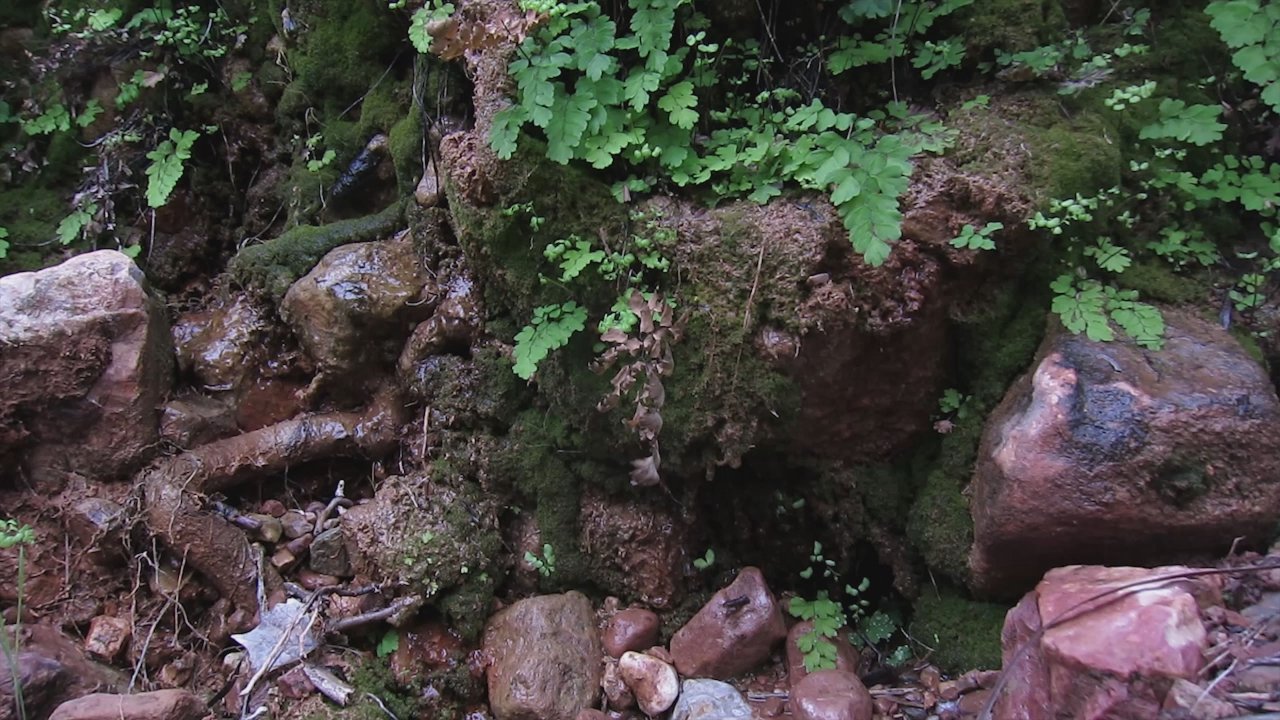
As ferns grow, they do more than simply survive—they start to transform their surroundings. Their roots break down the hard lava, creating finer soil over time. Dead fronds and plant material accumulate, providing the first layer of organic matter. This new soil attracts insects, fungi, and eventually even small animals. The presence of ferns makes it possible for other, less hardy plants to move in. In this way, ferns act as the architects of new ecosystems, building a foundation from which forests and meadows will eventually rise.
The Microclimate Magic
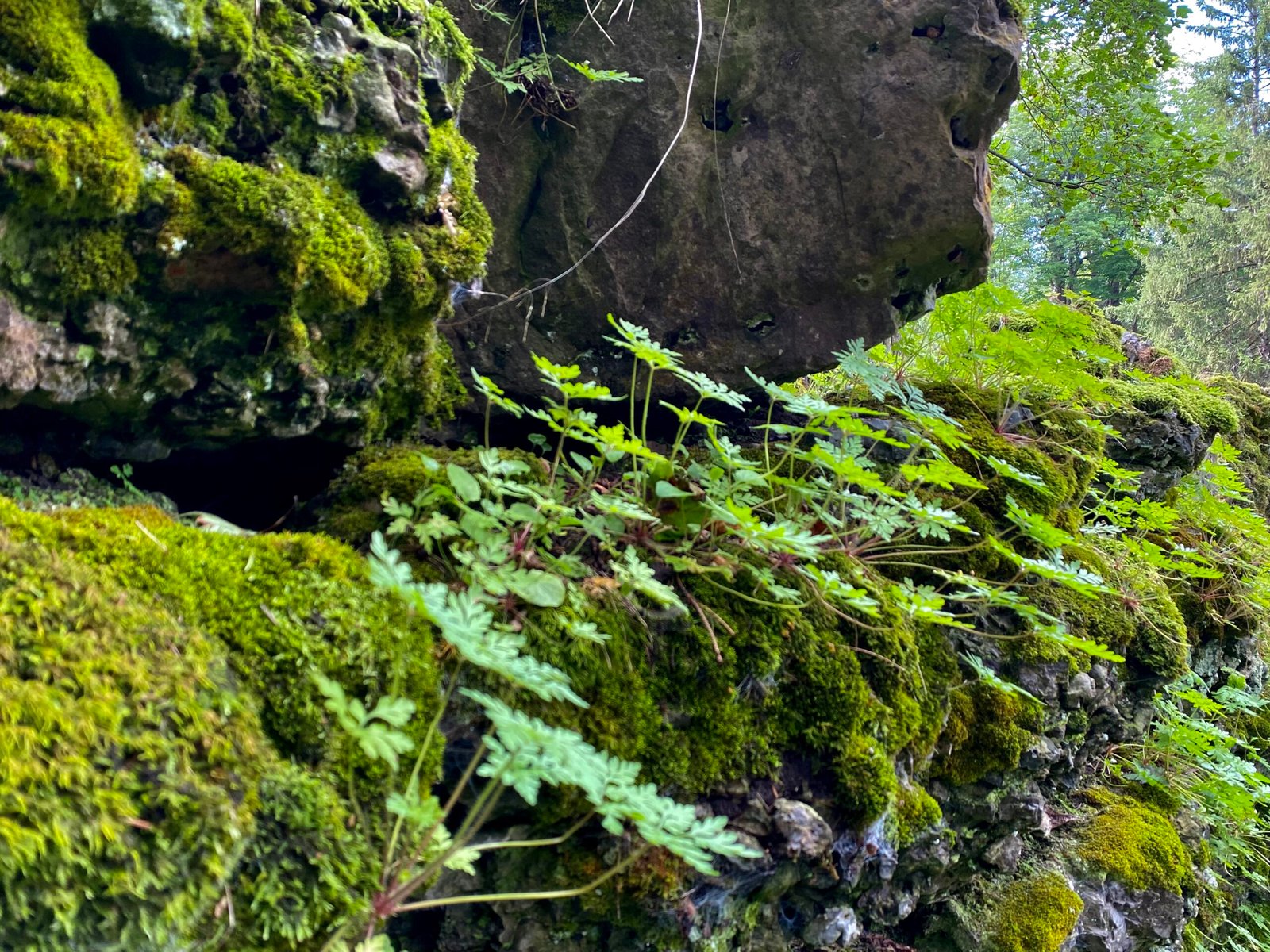
Ferns create their own microclimates in the harshest places. When a group of ferns grows together, they trap humidity beneath their leaves and provide shade from the scorching sun. This cooler, moister pocket allows seeds from other plants to germinate more easily. It’s like a tiny, self-made greenhouse in the middle of a rocky desert. These microclimates become hotspots for biodiversity, attracting insects, birds, and other small creatures looking for refuge. Over time, the patchwork of fern-created microclimates expands, slowly transforming the entire lava field.
The Unseen Helpers: Fungi and Bacteria
Ferns don’t colonize lava alone. Tiny fungi, called mycorrhizae, form partnerships with fern roots. These fungi help the plants extract nutrients from the barren rock, exchanging minerals for sugars produced by the ferns. Bacteria also play a role, breaking down minerals and fixing nitrogen from the air into forms that plants can use. This invisible network of helpers turns inhospitable lava into fertile ground far faster than ferns could on their own. The teamwork between ferns, fungi, and bacteria is a hidden engine driving the rebirth of devastated landscapes.
Challenges and Setbacks in Fern Colonization
The journey from spore to thriving fern isn’t always a smooth one. Harsh weather, like strong winds and sudden droughts, can wipe out young plants before they get established. Animals looking for food may munch on tender new fronds. Sometimes, the chemical makeup of the lava itself is toxic or lacks enough nutrients. But ferns have developed strategies to cope: rapid growth when conditions are good, the ability to regrow from underground parts, and producing thousands of spores to increase their odds of success. Every new generation learns, adapts, and pushes the boundaries a little further.
The Timeline of Transformation
Turning a lava field into a living landscape is not an overnight process. In some places, it takes just a few years for the first green shoots to appear, while in others, the process stretches over decades. The speed depends on rainfall, temperature, and the type of lava. Fast-cooling flows with lots of cracks give ferns a head start, while smoother, glassy surfaces take longer to break down. The patience required is staggering—some ferns may wait years for the right conditions, their spores lying dormant until the rain returns. But once the process begins, the transformation can feel almost magical.
Lessons From Ancient Ferns
Ferns are among the oldest plant groups on Earth, predating even the dinosaurs. Their ancestors colonized the first dry land after mass extinctions and global disasters. This ancient history is written into their DNA, giving them a resilience that serves them well on new lava. Studying how ferns reclaimed devastated landscapes millions of years ago helps scientists understand how ecosystems recover from disaster today. It’s a living link to the deep past, reminding us that nature’s cycles of destruction and renewal are as old as time itself.
Human Connections and Cultural Significance
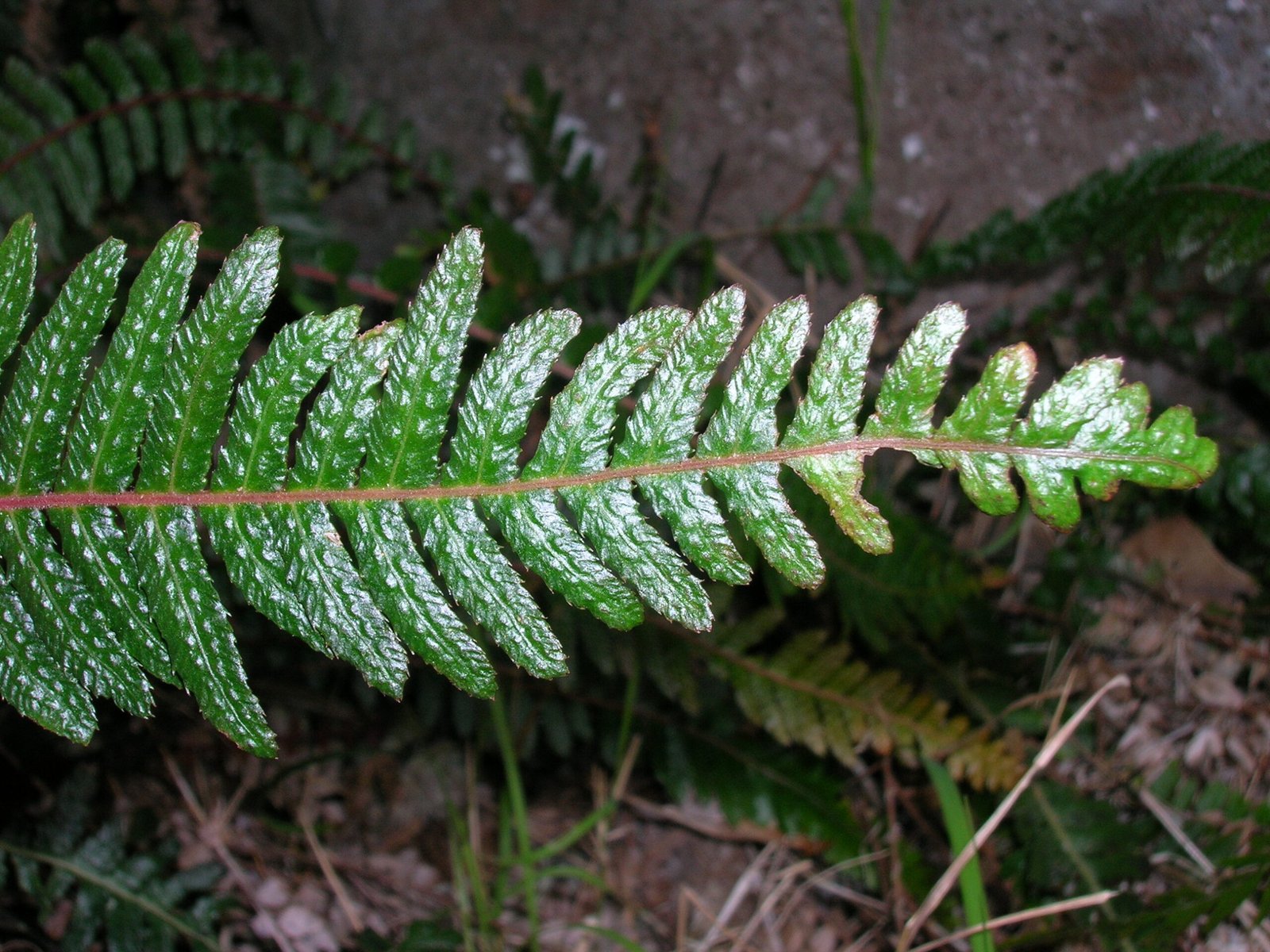
People living near volcanoes have long noticed the remarkable return of ferns. In Hawaii, ferns like the ‘ama‘u are woven into legends of rebirth and healing. Local communities often use young fern shoots in traditional medicine and ceremonies. Observing the first ferns after an eruption can bring hope and reassurance that life will return. For scientists and nature lovers alike, these resilient plants symbolize the power of renewal, and their presence is a sign that recovery is underway. The emotional connection between people and these pioneering plants is as enduring as the ferns themselves.
Ferns as Pioneers for Other Life
Ferns are not just survivors—they are pathfinders, paving the way for all other life. By stabilizing soil and creating shade, they make it possible for mosses, grasses, and flowering plants to follow. In time, shrubs and trees will join the party, turning once-barren lava into thriving forests. The presence of ferns signals the start of this ecological succession—a step-by-step process by which life reclaims and reshapes the land. Without ferns, this journey would be far slower, and many other species might never get their start.
Modern Research and Conservation
Scientists are fascinated by the ability of ferns to colonize lava, using them as models for how life adapts to extreme conditions. By studying which species thrive and how they interact with microbes, researchers learn valuable lessons about resilience and recovery. This knowledge isn’t just academic—it’s critical for restoring land after disasters, whether volcanic eruptions or human-caused damage. Conservation efforts increasingly focus on protecting pioneer species like ferns, whose quiet work underpins the health of entire ecosystems.
Climate Change and Future Challenges

Climate change adds new challenges to fern colonization. Shifting rainfall patterns, hotter temperatures, and more frequent eruptions can make it harder for ferns to get established. Some species may struggle to survive, while others could expand into new areas. Scientists are racing to understand how these changes will affect the delicate balance of colonization and succession. Protecting ferns and their habitats is more important than ever, not just for their own sake but for the future of the landscapes they help create.
A Living Metaphor for Hope
Standing in a field of new ferns on ancient lava, it’s impossible not to feel inspired. These plants are more than just survivors—they are living symbols of hope, persistence, and the quiet power of nature to heal itself. Watching a seemingly lifeless landscape come alive, one green frond at a time, is a reminder that renewal is always possible, even after the most devastating events. The next time you see a humble fern poking up from a crack in the rock, remember the epic journey it took to get there. What other stories of resilience are waiting to unfold right under our feet?




